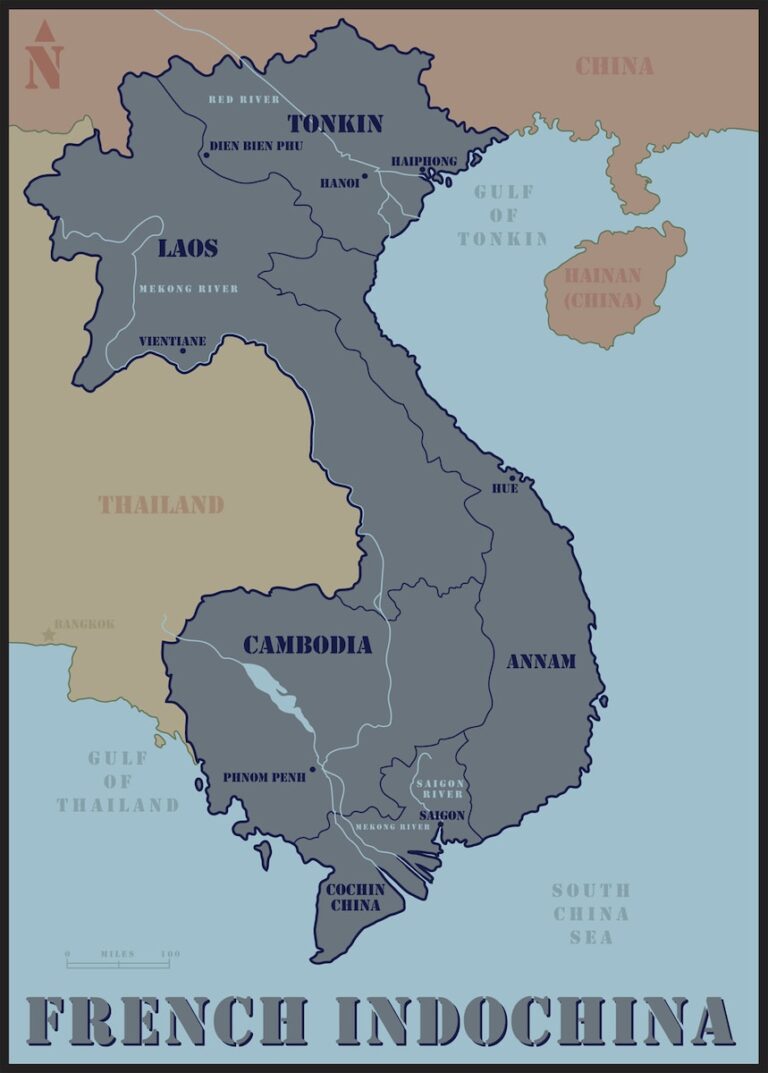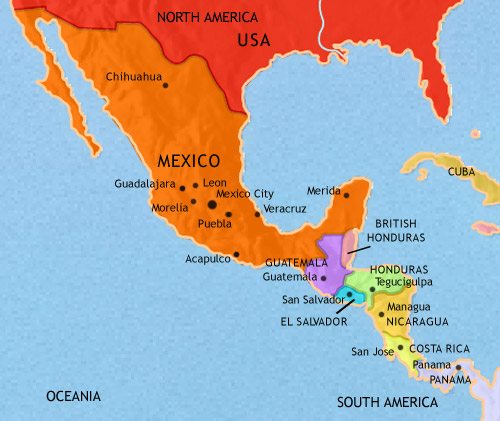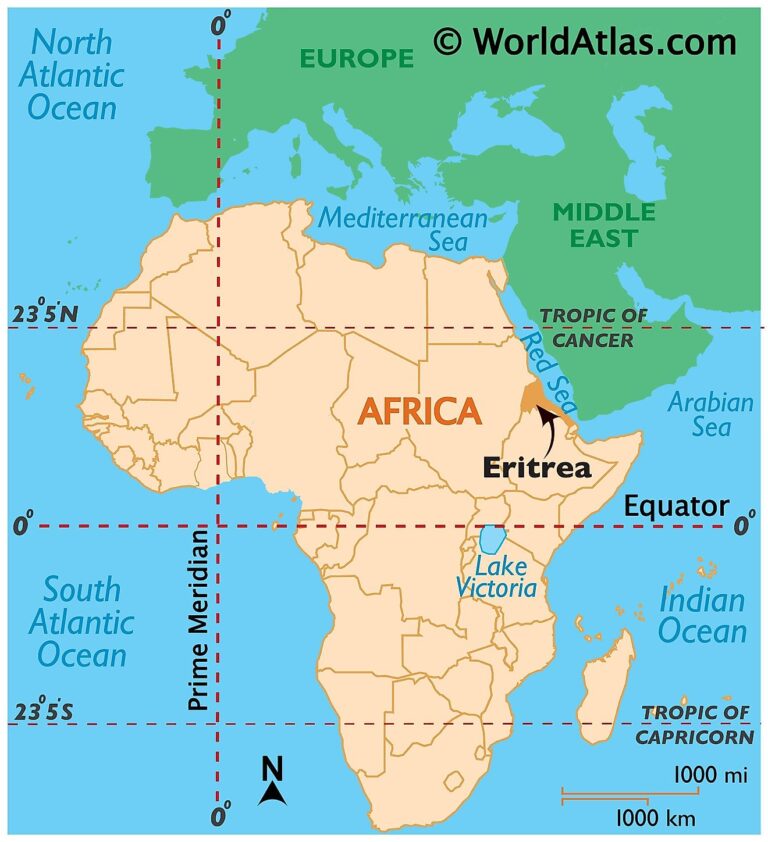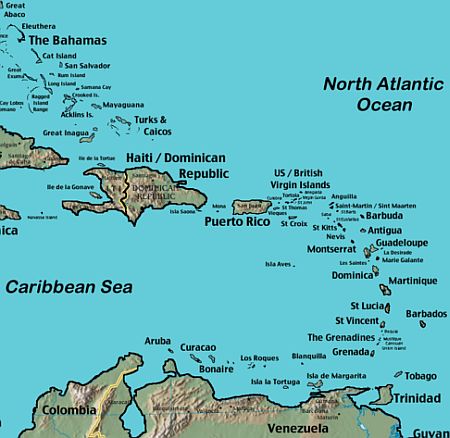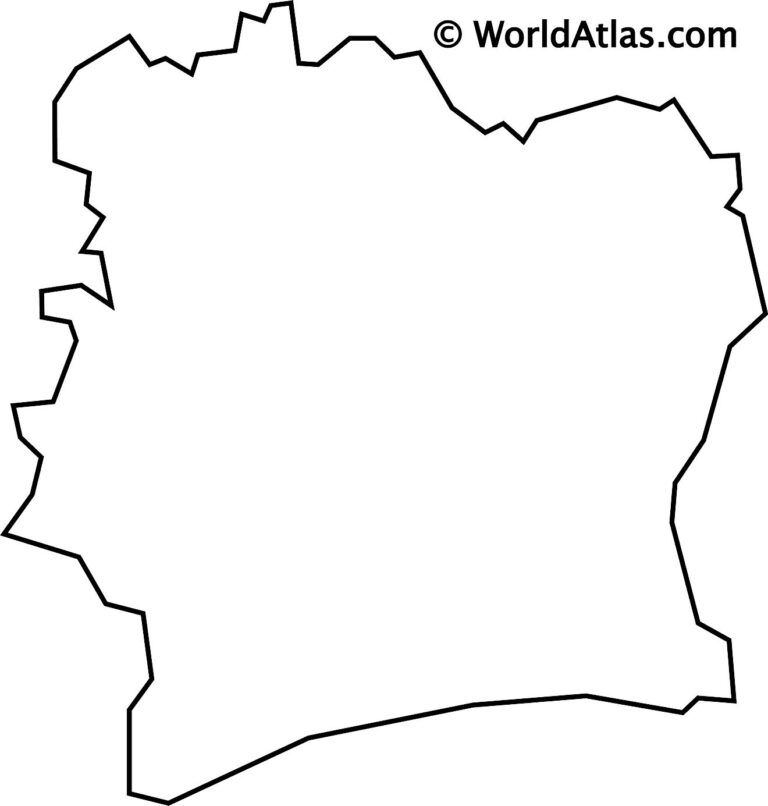Latvia Neighbouring Countries and Baltic Region
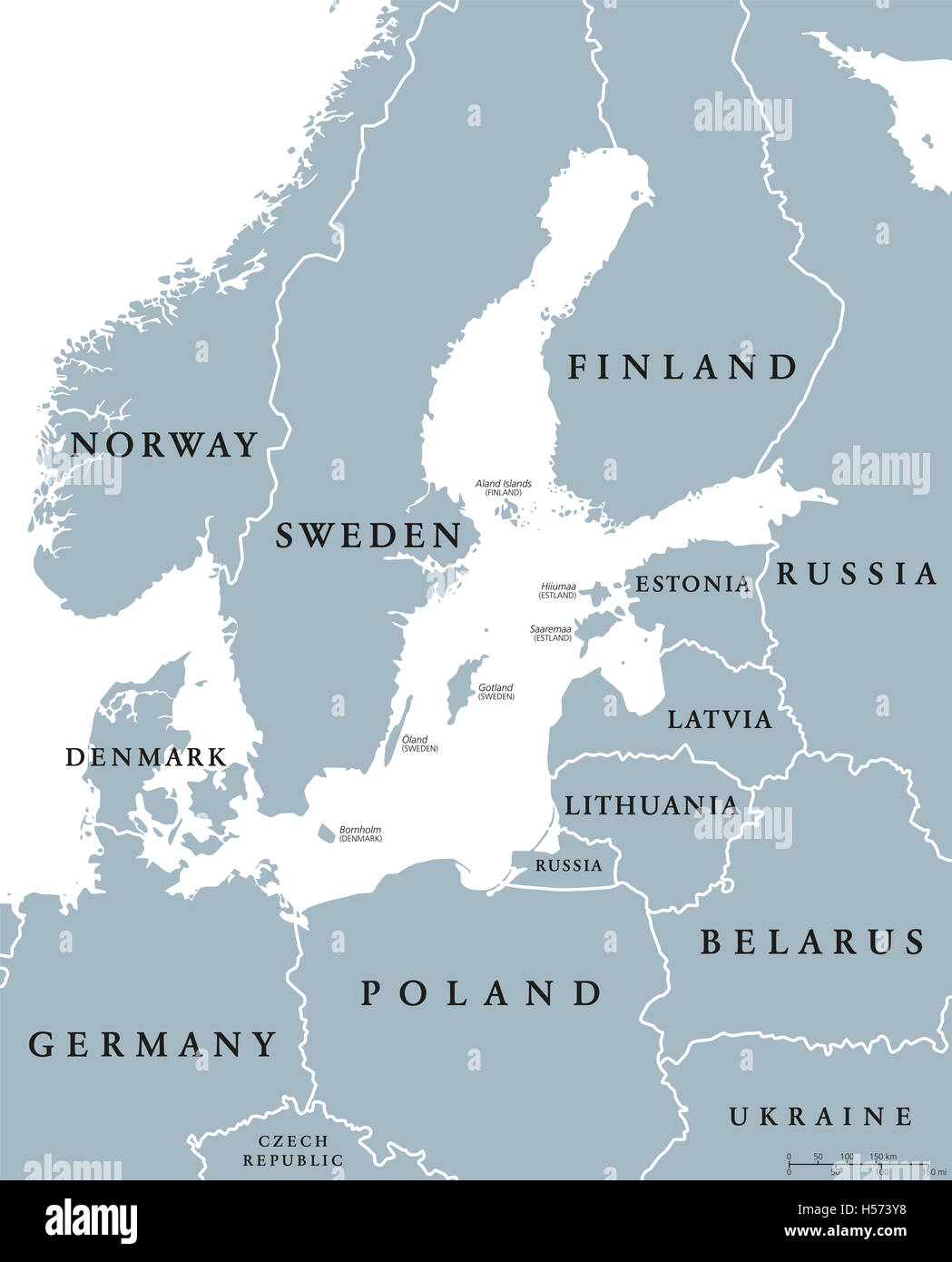
Latvia’s Neighbors on the Map
Latvia finds itself snug in the Baltic area of Europe, rubbing elbows with a few friendly nations. Knowing these neighbors not only maps out Latvia’s location but also sheds light on their shared histories, languages, and fun cultural tidbits.
Latvian Border with Lithuania
Down south, Latvia waves hello to Lithuania. Their border runs along for about 282 miles. You can’t ignore the fascinating language connection between Latvia and Lithuania; they speak their own tongues yet can still chatter like old pals. This bond kick-starts all sorts of cultural exchanges and collaborations that rock both nations.
| Country | Border Length (km) | Notable Features |
|---|---|---|
| Lithuania | 453 | Friendly language chat, cultural hangouts |
Latvian Border with Estonia
Look north, and there’s Estonia having a neighborly chat with Latvia. Their border skips along for 166 miles. Historically and religiously, Latvia and Estonia have been linked for ages, making them besties in the Baltic scene. Their similarities don’t stop there—they both clock in as members of the EU and NATO, strutting their stuff in shared heritage.
| Country | Border Length (km) | Notable Features |
|---|---|---|
| Estonia | 267 | Ages-old connections, EU and NATO crew |
Thirsty for more neighborly gossip? Check out our deep dives on Estonia’s Neighbors and Lithuania’s Neighbors.
Latvia’s Eastern Neighbors
Latvia snuggles up against Russia and Belarus on its eastern side. These borders seriously impact Latvia’s politics and economy.
Latvian Border with Russia
The stretch of land Latvia shares with Russia is about 217 kilometers long. This line isn’t just a mark on the map; it’s tied up with a lot of history and politics (Wikipedia). When Russia rolled its tanks into Ukraine in 2022, Latvia was quick to switch up its game plan – including shutting down Russian TV channels.
The land there isn’t just about politics, though. It’s a meeting point for environment and resources, with rivers like the Daugava running from Russia into Latvia. That kind of shared water calls for teamwork, so they don’t end up knee-deep in disputes (Environmental Interactions).
Latvian Border with Belarus
Latvia also lines up with Belarus down southeast. Once upon a time – before WWII, that is – a chunk of Latvia touched Poland, but a shake-up by the Soviet Union pinned that part to Belarus. This slice of history still sways the way things roll today.
With Russia’s moves in Ukraine getting sketchy, Latvia put its foot down, declaring an emergency along the Belarus border due to folks trying to sneak in without a hello (BBC News). It’s a sign of the security and immigration hurdles Latvia deals with on its eastern lines.
Latvia’s dealings with Belarus aren’t just squabbles, though. They buddy up on sharing rivers and getting the most out of natural goodies. Keeping things smooth on both sides of the fence is part of the day-to-day.
Want to check out more on Latvia’s borders? Peek into articles about Lithuania and Estonia.
Getting a handle on how Latvia hangs with Russia and Belarus sheds some light on the bigger Baltic picture.
Environmental Interactions
Latvia’s landscape might look peaceful, but there’s a whole lot of teamwork happening with its neighbors when it comes to rivers and coastlines. Let’s see what’s going on here.
River Water Sharing
If you’ve ever wondered where Latvia’s big rivers get their water, here’s the scoop: Over 60% of the water in Latvia’s large rivers comes from other countries, mostly Belarus and Lithuania. Take the mighty Daugava for example. It’s like the marathon runner of rivers, collecting 80% of its water from Belarus alone, leaving everyone else in its wake.
| River | Where the Water Comes From | Percentage Contribution |
|---|---|---|
| Daugava | Belarus | 80% |
| Venta | Lithuania | 60% |
| Lielupe | Lithuania | 50% |
Cooperating to keep these waters clean is not just a good idea, it’s a must. Countries join forces through treaties to keep the water quality top-notch, and it shows how working together can make a big difference in the environment. It’s teamwork on a global scale!
Coastal Boundaries
Latvia’s coastline stretches like a lazy cat along 496 kilometers of the Baltic Sea. This stretch of beach gives Latvia some serious water power with rights over 28,452 km² in the Exclusive Economic Zone (EEZ)—that’s a lot of water to explore!
| Thing | Amount |
|---|---|
| Coastline Length | 496 km |
| EEZ Size | 28,452 km² |
Keeping this space in check means having a good chat with the neighbors, especially to stop things like illegal fishing. It’s all about protecting the sea’s beauty and bounty, making sure everyone plays nice.
Latvia’s geography isn’t just about borders and lines—it’s about how nature and nations work together. And if diving deeper into how other countries handle their stuff piques your interest, check out our cool stories on Greece’s neighbors and the buddies Italy shares its backyard with.
Resource Use
Latvia’s spot on the map and its natural goodies make for an interesting chat when it comes to making the most out of what Mother Nature’s given. Let’s dive into what’s in the ground over in Latvia and imagine what would happen if they struck oil.
Natural Resources in Latvia
Latvia’s hanging out in the Baltics, and while it’s not rolling in natural riches, it’s got a few gems worth a glance. We’re talking peat, limestone, dolomite, and amber. They’ve figured out how to put these to good use, making life—and business—a tad easier.
| Natural Resource | Primary Use |
|---|---|
| Peat | Fuel and helps the plants grow tall and strong |
| Limestone | Building houses and making cement |
| Dolomite | Good for construction and roads |
| Amber | Bling bling and pretty stuff |
From growing crops all the way to building towns, Latvia has learned to make lemonade out of the lemons they’ve got. Peat helps kick up the energy game, while limestone and dolomite are like the building blocks for Latvia’s construction scene. And amber, well, who doesn’t love a good accessory that tells a tale from eons ago?
What If They Hit Oil?
Finding oil off Latvia’s coast could shake things up more than a Nordic disco party. Imagine oil reserves making Latvia’s economy dance to a new tune and putting it on the map in a way it’s never been before.
| Impact Zone | What Could Happen |
|---|---|
| Economy | Cash flow and a bunch of jobs |
| Energy Freedom | Less need to borrow energy from buddies |
| Mother Nature | Watch out for spills and upset ecosystems |
| World’s Stage | Latvia playing a bigger role with the big kids in the Baltic pond |
Sure, it sounds all goodies and gains—fast-tracking funds for building bridges (literally) and ramping up public services. Plus, having their own energy source sounds like a neat way to unfurl the independence banner. But mind the pitfalls—oil ain’t all sunshine and rainbows. We’ve gotta remember the risk of oil spills messing with sea life if the drills go wrong.
And let’s not forget Latvia’s chess game with its neighbors. Oil could mean more say in the area—and folks start eyeing you differently.
All in—Latvia’s got its style with nature’s palette, and who knows, the oil card could get thrown into the mix. To check out the ripples similar natural stories have caused across the globe, swing by our pieces on the geopolitics of Georgia neighboring countries and Hungary’s neighboring countries.
Historical Border Disputes
Walk Crisis Overview
The Walk Crisis was a whole lot of drama over land between Estonia and Latvia, stretching from 1918 to 1920. The fuss was over the town of Walk, now split in two—Valga in Estonia and Valka in Latvia. Y’all, they even squabbled over the small island of Runö (Ruhnu today), which was a cultural mix. Back then, Walk was run by Estonians, stirring up trouble as both sides wanted ownership. This tale isn’t just dusty history; it’s a saga of cultural tug-of-war.
| Location | Current Country | Historical Name | Year of Dispute | Ethnic Dominance |
|---|---|---|---|---|
| Valga | Estonia | Walk | 1918-1920 | Estonian |
| Valka | Latvia | Walk | 1918-1920 | Estonian |
| Ruhnu | Estonia | Runö | 1919 | Mixed |
During the Walk Crisis, folks were throwing tantrums and saying mean things to each other through various channels and talks. Latvia fancied Ruhnu island, but the Estonians, cool as cucumbers, nabbed it without a fight by chumming up with the local folks, even buying seal fat and supplies. They sure knew how to make friends and influence people! (Wikipedia).
Resolution of the Walk Dispute
Jump to October 1920, this mess was finally sorted out with some help from British Colonel Stephen G. Tallents, who brokered a border treaty. Spoiler alert: Estonia got the better part of the deal, taking most of the town and Ruhnu island too. They aimed to satisfy both cultures and ethnicities hanging around the neighborhood.
Despite the early fireworks, Estonia and Latvia kissed and made up, maintaining mostly peaceful neighborly vibes since then. A few minor bickers lingered over not-so-important stuff, but they managed to sort things out without rolling up their sleeves for another scrap. This treaty marked a vital move towards smooth neighborly relations.
Craving more juicy stories about countries playing tug-of-war over borders? Check out our chit-chat on France’s neighbors, Germany’s friendly folks next door, and the tales of Italy’s boundary buddies.
Post-Soviet Independence Impact
Once the Soviet Union waved its final goodbye, Latvia found itself signing up for a colossal makeover. It wasn’t just about getting a new set of keys to its own house; Latvia had to shake up its connections with neighbors, do a financial 180, and even play language cop in its own backyard.
Relations with Neighboring Countries
When Latvia bid adieu to Soviet reins, its neighborly chats changed tone fast. Alongside Estonia and Lithuania, Latvia started walking the Western talk, opening its doors to freedom and fresh political air. That 2004 golden ticket to the EU and NATO? It didn’t just add some glitz and glam to Latvia’s dance card; it tightened the stitches in their Western quilt (BBC).
These Western badges pumped up Latvia’s political chest while deepening its cash-and-combat hugs with its Baltic buddies. Lately, Latvia has been plugging itself right into the EU’s circuitry, doubling down on security vibes and economic handshakes within this Baltic club.
Latvia’s neighborly tango with Russia, though, has been less salsa and more sidestep, thanks to old scars and hot-off-the-press political plots. Russia’s 2022 Ukraine move? Yeah, Latvia slammed the door on Russian TV faster than you can say “nyet,” a clear nod to their tense BFF status (BBC).
Economic and Linguistic Changes
Remember the early ’90s? Latvia hit the gas on a free-market freeway, ditching old-school econ rules for a privatized playground. The whole Baltic trio flipped the script, trading centralized commands for a market-first mantra (BBC). The Euro was the cherry on top in 2014, syncing Latvia’s cash flow with Europe’s rhythm and beefing up its bank accounts.
| Year | Milestone | What Happened? |
|---|---|---|
| 1991 | Independence | Latvia broke free from Soviet shackles |
| 2004 | EU & NATO Sticker | Flag-hoisted entry into the European Union and NATO |
| 2014 | Euro Ride | Shacked up with the Euro currency |
On the language front, Latvia didn’t just flip a page; they tossed the whole book. Official decree: Latvian stands tall as the only flag. Yet, a big chunk of Russian chatter among folks didn’t just vanish into thin air. Policies were all about waving the Latvian language pom-poms while dialing down Russian echoes in everyday life.
Schools and nerdy rules ensured kids don’t just speak Latvian but breathe it. Naturally, the Russian-speaking crowd’s got a bone to pick with these language duties.
Got an itch to dig into how geopolitics and economy shook the post-Soviet lands? Peek into pieces on dominican republic neighboring countries or ecuador neighboring countries.
Since stepping out of the USSR’s shadow in ’91, Latvia’s tale tells of a Baltic hurdle race: sprinting towards Western banners while keeping a keen eye on neighborly chess moves. It’s a fine dance of revamps, lingo rights, and plotting policies, showcasing this Baltic tribe as a story of evolution and resilience.

